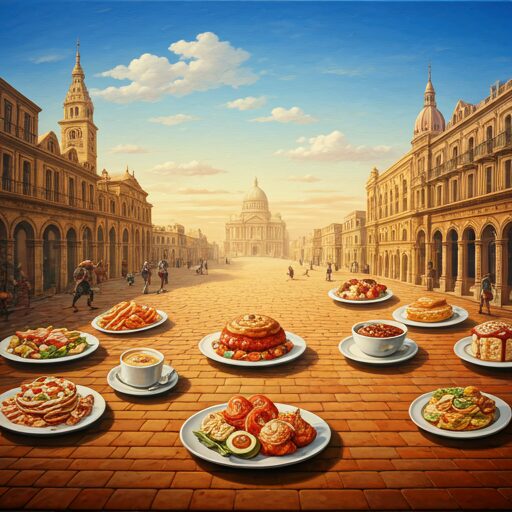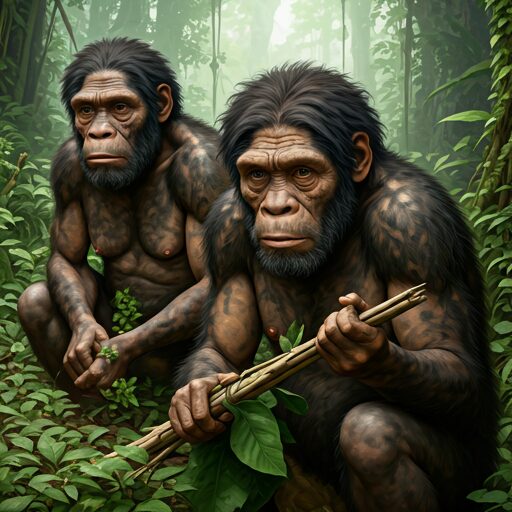
The story of humanity is intertwined with the history of food. From hunting and gathering to the culinary artistry of modern kitchens, food has always been more than sustenance—it is culture, tradition, and innovation wrapped into one.
The Beginnings: Foraging and Hunting

Read More: Royal Regalia: A Timeless Tapestry of Power and Elegance
In prehistoric times, humans survived by foraging for fruits, nuts, and edible plants, supplementing their diets with meat from hunting. These early practices shaped the first “menus,” dictated by local ecosystems and seasonal availability. Fire, discovered over a million years ago, revolutionized food preparation, making it safer and more palatable.
The Agricultural Revolution: Cultivating Change

Read More: Affiliate Marketing: What It Is and How to Get Started
Around 10,000 BCE, the advent of agriculture marked a monumental shift. The domestication of crops like wheat, barley, and rice enabled humans to settle in one place, giving rise to villages and civilizations. This era introduced staple foods and sparked the beginning of food storage, trade, and culinary experimentation.
The Spice Trade: Flavors Across Borders

As civilizations flourished, so did the desire for exotic flavors. The spice trade, beginning around 2000 BCE, connected Asia, the Middle East, and Europe, introducing ingredients like cinnamon, pepper, and cloves to new cuisines. This exchange not only enriched culinary traditions but also drove exploration and global interaction.
Industrialization: Feeding the Masses

The 19th century saw the industrial revolution transform food production. Advances in agriculture, transportation, and preservation made food more accessible. Canned goods, refrigeration, and mechanized farming ensured that people could enjoy a variety of foods regardless of the season. However, this period also saw the rise of processed foods, sparking debates about nutrition and health.
The Culinary Renaissance: Fusion and Innovation

In the 20th century, food became an art form. Chefs like Julia Child and Ferran Adrià pushed culinary boundaries, blending tradition with innovation. Globalization brought diverse cuisines to every corner of the world, creating a fusion of flavors that celebrated cultural diversity. The farm-to-table movement and the rise of organic foods reflected a renewed focus on sustainability and quality.
Modern Food Trends: Technology Meets Taste

Today, technology is revolutionizing how we produce and consume food. Innovations like lab-grown meat, vertical farming, and AI-driven meal planning address issues of sustainability and food security. Meanwhile, trends like plant-based diets and global street foods reflect evolving consumer tastes and values.
Reflecting on Food’s Journey
The history of food is a testament to humanity’s resilience and creativity. Each era has added layers of complexity and meaning to what we eat. Food has not only nourished bodies but also brought people together, shaping cultures and societies.
Conclusion
As we move forward, the culinary journey continues to evolve, blending tradition with innovation. What we eat tomorrow will undoubtedly carry echoes of the past while pushing the boundaries of possibility. Bon appétit to the future!


